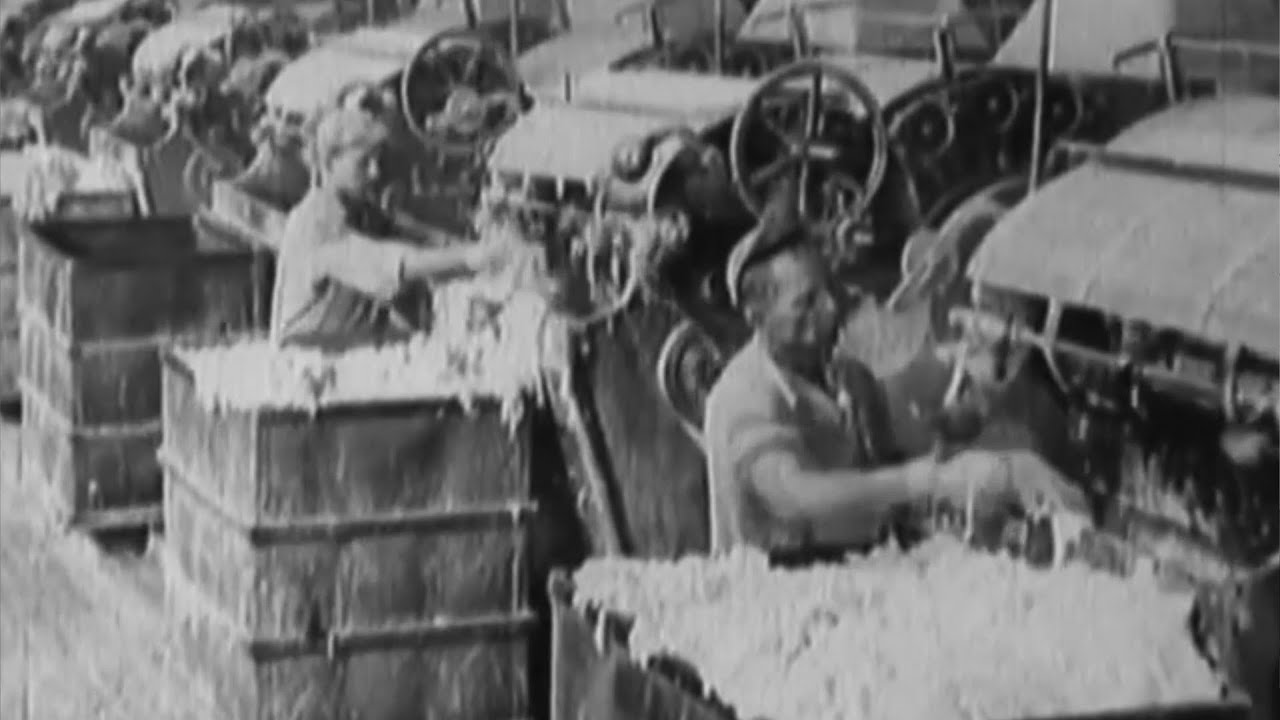Toxic exposure occupations
The most common way you could have been exposed to asbestos was through your workplace, industrial jobs or serving in the Navy/Air Force/Marine Corps/Military/Army/Coast Guard. The following professions present the highest rates of risk of asbestos exposure from airborne dust exposure while working. Many workers we test have the fibers in their lungs and have lung problems or got diagnosed with lung cancer, throath/esophageal/gastrointestinal/colon/other cancers.
Free Evaluation